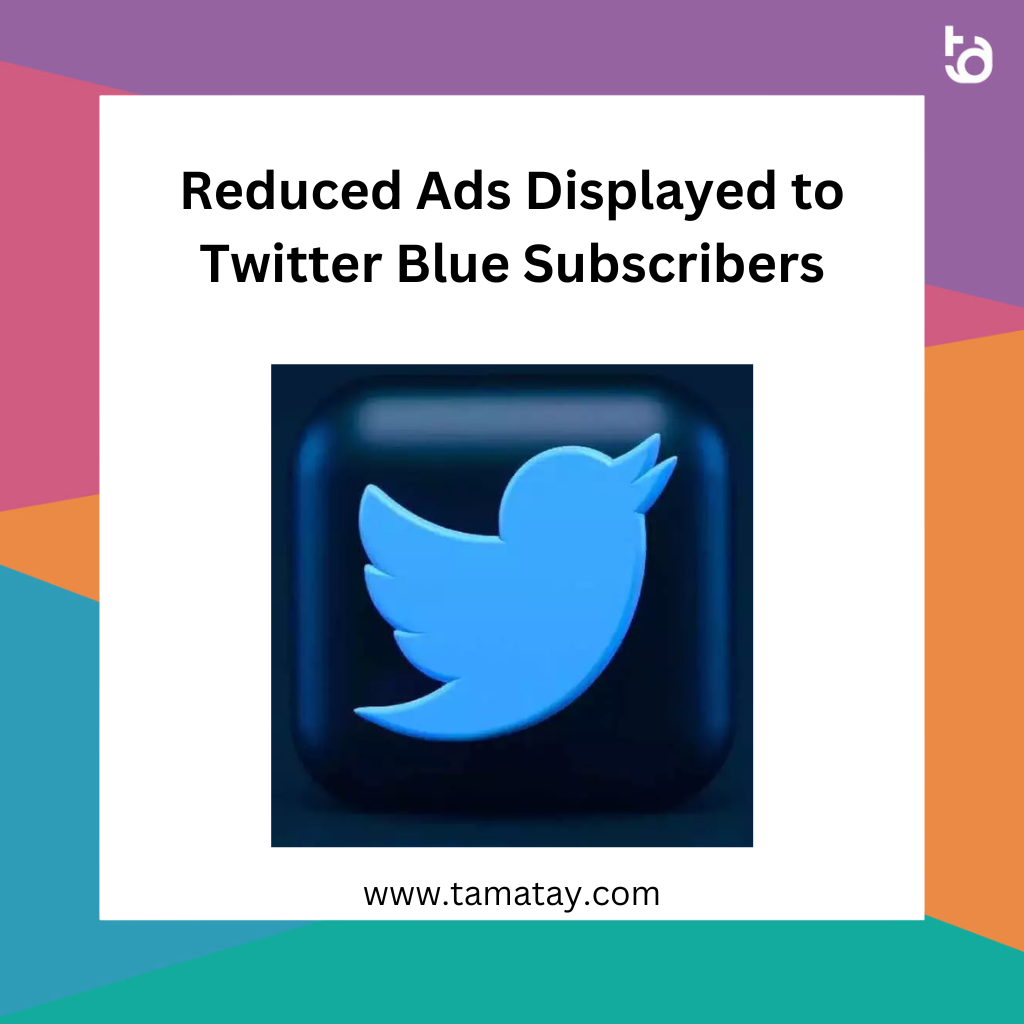Introduction
Twitter recently announced a big change: its blue subscribers will now be seeing ‘approximately’ 50% fewer ads! This is great news for users of the popular social media platform, who are looking forward to a more streamlined and enjoyable experience. In this blog post, we’ll dive deeper into the details of what this new ad reduction policy could mean for Twitter users, as well as its potential impact on the platform overall. Let’s take a look!
What Does ‘Approximately 50% Fewer Ads’ Mean?
At first glance, this reduction in the number of ads may sound like a drastic change for Twitter. But what does ‘approximately 50% fewer ads’ actually mean?
Well, the actual number of ads you see will depend on your individual Twitter usage. For example, if you’re an avid Twitter user who posts and interacts with content regularly, you’ll probably see a larger decrease in the number of ads you see. On the other hand, if you’re the type of user who only pops in once in a while, you may not see much of a reduction in the number of ads you’re seeing.
Moreover, some users may be disappointed to find that their favorite ads are no longer appearing in their feed. However, Twitter has noted that they are still able to promote specific products and services, albeit with fewer ads overall.
How This Could Impact Twitter Users
For the majority of Twitter users, the reduction in ads could be a positive change. It should reduce the amount of noise in the feed and make it easier to find the content you’re looking for. Plus, some users may find it less intrusive to their overall experience.
Furthermore, it should also improve loading times and make the platform more efficient in general. This could make it attractive for those who are currently on the fence about joining Twitter.
Possible Effects on Twitter Overall
This change could have a dramatic effect on Twitter’s bottom line. After all, the platform relies heavily on ad revenue to keep its operations running.
That said, Twitter is also banking on increased user engagement in the long run as a result of this change. In theory, users who view fewer ads may be more likely to interact with content, thus increasing the platform’s overall engagement.
Furthermore, Twitter could also use this as an opportunity to consider alternative revenue streams, such as subscription-based services or sponsored content. This could help them to offset the possible decline in ad revenue, thus making the platform more resilient in the long run.
Conclusion
Twitter’s announcement that its blue subscribers will now see ‘approximately’ 50% fewer ads is a welcome change for the platform’s users. Although there could be some unintended consequences in terms of reduced ad revenue, this could be offset by increased user engagement in the long run. Additionally, Twitter could consider other revenue streams to make the platform more resilient.
Overall, this reduction in ads should make Twitter a more enjoyable and efficient experience for users, while also allowing the platform to remain a viable source of income in the future.







